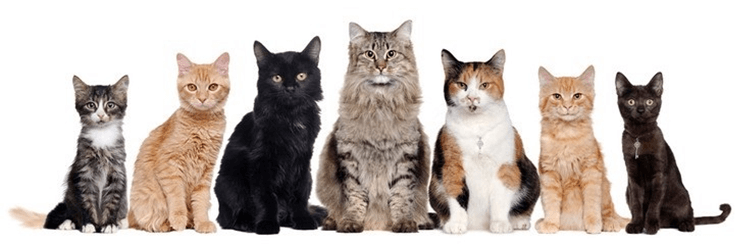Rodents (e.g., mice) are used extensively in drug development for pre-market safety evaluation, and rodent disease models are also widely used in disease pathogenesis and efficacy studies. However, the physiological structure and metabolic mechanisms of rodents are vastly different from those of humans, so there is an increasing demand for large animal disease models in the pharmaceutical industry.

With the maturity of gene-editing technology, Lifeasible has achieved gene knockout in large mammals such as cattle, sheep, pigs, monkeys, and dogs by CRISPR/Cas9 technology.
As an important companion animal for humans, cat (Felis catus) is similar to humans in terms of organ structure and physiological mechanisms. To date, 238 genetic diseases with similar pathogenesis to humans have been identified in cats. Therefore, Lifeasible uses gene-editing technology in cats, which can effectively mimic the pathogenesis of human diseases and provide a good animal model for studying the pathogenesis of human diseases and developing targeted drugs.
In the field of experimental animals, although cats are large animals, their smaller bodies, lower feeding costs, similar retinal structure to humans, and highly developed nervous system make them ideal as model animals for ophthalmic diseases. Lifeasible can provide a gene-editing cat animal model for the pathogenesis of diseases such as retinal degeneration by knocking out the CRX gene, which is essential for the development of the retinal cone cells.
In addition to this, Lifeasible can precisely knock out the Fel d1 gene (an allergen in cats), opening up new possibilities for the future of hypoallergenic cats. Our technical services allow the production and preparation of large animal models of human diseases, providing important technical support to study the pathogenesis of human diseases and facilitate drug development.
Reference